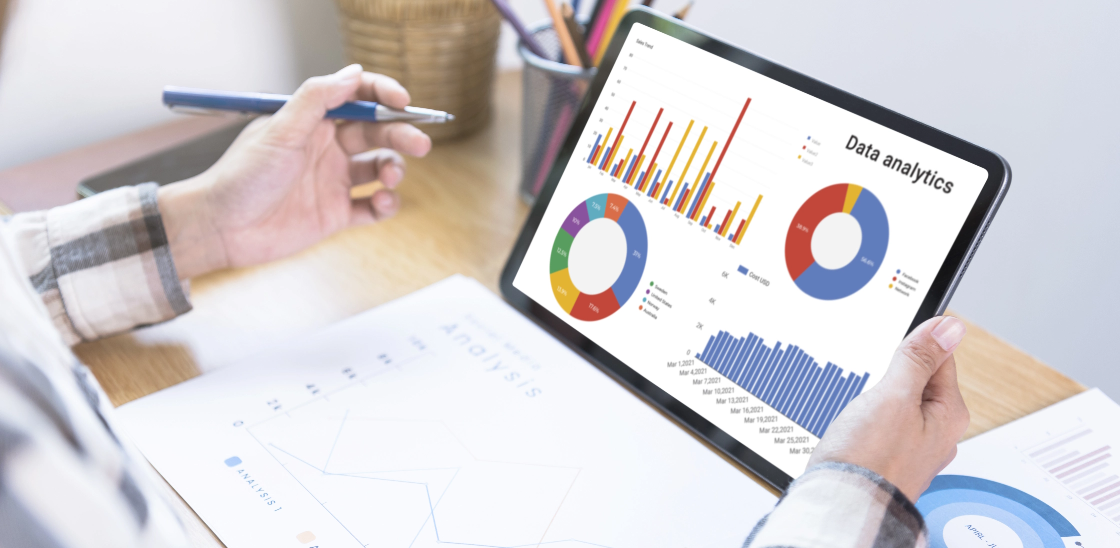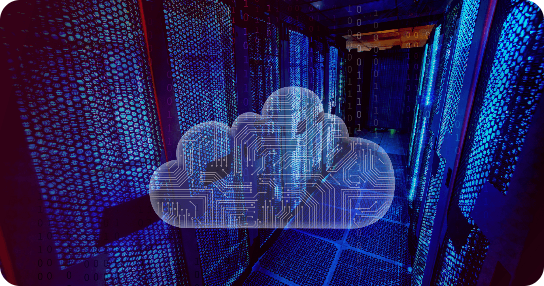Top data and analytics trends for 2021
Reading Time: 5 minutes

Over the past several years, organizations have progressively embraced data analytics as a solution enabler when it comes to optimizing costs, increasing revenues, enhancing competitiveness, and driving innovation. As a result, technology has constantly advanced and evolved. Data analytics methods and tools that were mainstream just a year back may very well become obsolete at any time. To capitalize on the endless opportunities that data analytics initiatives offer, organizations need to stay abreast with the ever-changing data analytics landscape and big data and data science trends to remain prepared for any transformation that the future entails.
As we move to the second quarter of 2021, experts and enthusiasts have already started pondering over the data and analytics trends that are expected to take the center stage, going forward.
- Edge Data and Analytics Will Become Mainstream
Given the massive volume of data that emerging technologies like IoT will generate, it is no longer about companies deciding the kind of data to process at the edge. Rather, the focus now is more on processing data within the data generating device or nearby the IT infrastructure to reduce data latency and enhance data processing speeds.
Data processing at the edge is providing organizations with the opportunity to store data in a cost-effective manner and glean more actionable insight from IoT data. This directly translates into millions of dollars in savings resulting from the realization of operational efficiencies, development of new revenue streams and differentiated customer experience.
- Cloud Remains Constant
According to Gartner, public cloud services are expected to underpin 90% of all data analytics innovation by 2022. In fact, cloud-based AI activities are expected to increase five-fold by 2023, making AI one of the top cloud-based workloads in the years to come. This trend already started gaining steam in a pre-COVID world, however, the pandemic further accelerated it.
Cloud data warehouses and data lakes have quickly emerged as go-to data storage options for collating and processing massive volumes of data to run AI/ML projects. These data storage options today provide companies the liberty to handle sudden surges in workloads without provisioning for physical compute and storage infrastructure.
- Data Engineering relevance for sustainable ML initiatives
Empowering application development teams with the best tools while creating a unified and highly flexible data layer still remains an operational challenge for the majority of businesses. Hence, data engineering is fast taking the center stage acting as a change agent in the way data is collated, processed and ultimately consumed.
Not all AI/ML projects undertaken at an enterprise level are successful and this mainly happens due to lack of accurate data. Despite making generous investments in data analytics initiatives, several organizations often fail to bring them to fruition. Yet companies also end up spending significant time preparing the data before it can be used for decision modeling or analytics. It is here where data engineering is creating a difference. It is helping organizations harvest clean and accurate data that they can rely on for their AI/ML initiatives.
- Data Engineering relevance for sustainable ML initiatives
Empowering application development teams with the best tools while creating a unified and highly flexible data layer still remains an operational challenge for the majority of businesses. Hence, data engineering is fast taking the center stage acting as a change agent in the way data is collated, processed and ultimately consumed.
Going forward, generous investments in new chip architecture that can be seamlessly deployed on edge devices will further accelerate AI, ML workloads and computations. This will significantly reduce dependency on centralized systems with high bandwidth requirements.
- Increased Personalization Will Make Customer the King
The way 2020 panned out, it has put customers firmly in control – be it retail or healthcare. The pandemic compelled more people than ever before to work and shop online as stay-at-home routines became a mandate, forcing businesses to digitize operations and embrace digital business models. Increased digitization has now resulted in more data being generated which inevitably means more insights if processed systematically.
Data science is fast rewriting business dynamics. As a result of evolving data science trends, we will see an increasing number of businesses deliver highly personalized offerings and services to their customers – courtesy- the repository of highly contextual consumer insights that allow for increased customization.
- Informed Decision Making will Become more Pervasive
Going forward, more and more companies will employ analysts practicing informed decision making techniques such as decision modeling. informed decision making is an emerging domain that includes several decision- making methodologies involving complex adaptive applications. It is essentially a framework that combines conventional decision modeling approaches with modern technologies like AI and ML. This allows non-technical users to work with complex decision logic without the intervention of programmers.
- Data Management Processes will Be Further Augmented
Organizations leveraging active metadata, ML and data fabrics to connect and optimize data management processes have already managed to significantly reduce data delivery times. The good news is – with AI technology, organizations have the opportunity to explore advanced artificial intelligence trends to further augment their data management process with auto-monitoring of data governance controls and auto-discovery of metadata. This can be enabled by a process that Gartner refers to as the data fabric. Gartner defines that this process leverages continuous analytics over existing metadata assets to support the design and deployment of reusable data components, irrespective of the architecture or deployment platform.
COVID-19 has significantly accelerated digitization efforts, creating a new norm for conducting businesses. Now more than ever, data is the ally for all industries. The future will see more concerted efforts from companies in bridging the gap between business needs and data analytics. Actionable insights will inevitably be the key focus and for that investments in new and more powerful AI/ML platforms and visualization techniques that make analytics easily consumable will continue to gain momentum.
Featured blogs
Subscribe to get latest insights
Talk to our experts
Get the best ROI with Sigmoid’s services in data engineering and AI
Featured blogs
Talk to our experts
Get the best ROI with Sigmoid’s services in data engineering and AI






